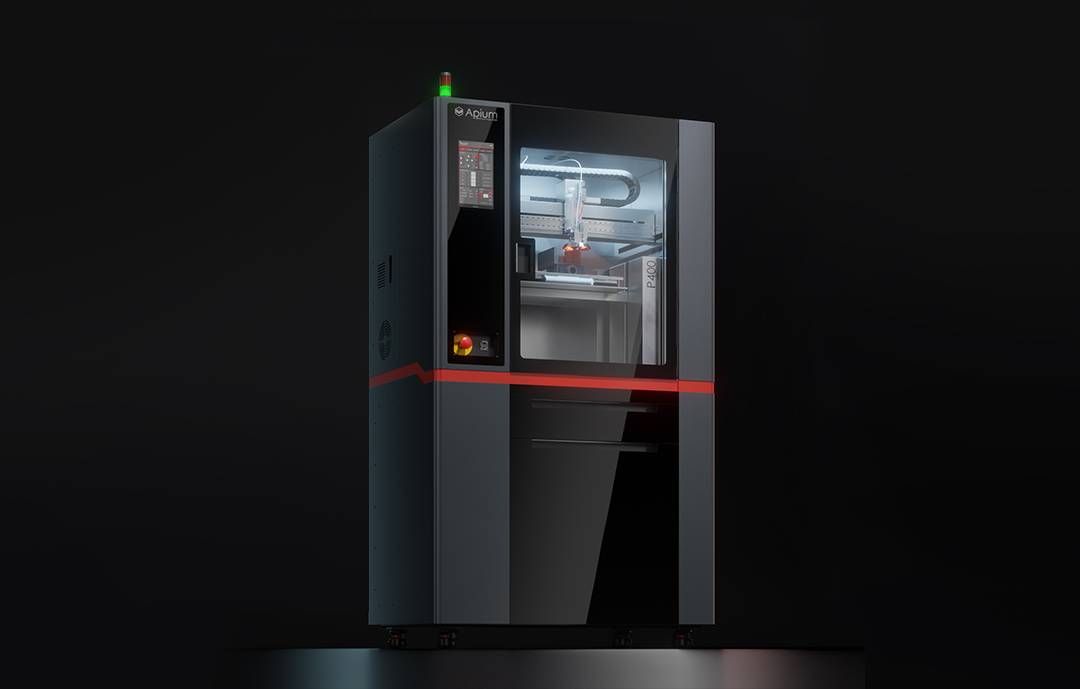
The Zone Heating system of the Apium P400 is one of its highlights. This adaptive zone heating system achieves excellent layer adhesion and print quality by precisely controlling the heating temperature in different zones. the innovative design of the Zone Heating system avoids the disadvantages of conventional heated print bins, such as long heating and cooling times for the entire build volume, thus significantly improving print efficiency and part quality.
In addition to the Zone Heating system, the Apium P400 is equipped with an advanced optical alignment system that ensures precise alignment of the print head during multi-material printing. This precision ensures a uniform state of material deposition during multi-material printing, avoiding possible printing deviations and instabilities. The advantage of the optical alignment system is that it is highly intelligent and provides precise print head position alignment, thus providing users with higher print quality and stability.
In addition, the Apium P400 has an automatic leveling system, which is the key to ensuring a flat print bed. The auto-leveling system automatically detects and calibrates the level of the print bed, ensuring precise part positioning and layer height consistency during the printing process. This feature is particularly important for complex printing tasks, ensuring accuracy and stability of each layer printed, avoiding possible deviations and distortions during the printing process, thus improving print quality and reliability.
02| Flexibility in multi-material processing
The Apium P400 is an open platform, innovative device that offers users great flexibility and diverse material options. Its independent dual printhead (IDEX) system and broad material compatibility make the Apium P400 a powerful and versatile 3D printing solution.
As an advantage of the open platform, Apium P400 allows users to choose from a wide range of high performance polymers and traditional 3D printing materials to meet the needs of different industries and applications. Users can choose the right material for specific project requirements, including high-performance polymers such as PEEK (polyether ether ketone) and PEKK (polyether ketone), as well as traditional 3D printing materials such as PLA (polylactic acid) and ABS (acrylonitrile-butadiene-styrene copolymer). This flexibility allows Apium P400 to be adapted to a variety of applications, from medical devices to aerospace, and from automotive manufacturing to consumer product design.
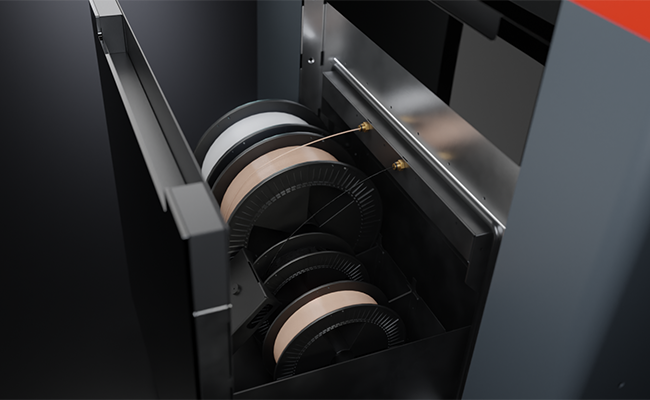
03| Simple operation and full technical support
The Apium P400 is equipped with integrated software that makes operation management easy to use, allowing users to easily control the printing process and track printing progress in real time.
The integrated software allows users to monitor printing parameters, material consumption, and equipment maintenance needs for comprehensive print process management. What's more, the Apium P400 also offers traceability reporting, allowing users to obtain detailed print records and data, ensuring traceability and quality control of the production process.This is particularly important for critical industries such as medical devices and aerospace, which need to ensure that printed parts meet stringent standards and requirements.
To further support users, the technical service team at Shanghai Jinting Technology provides comprehensive equipment and technical training. They have the experience and expertise to help users get up and running quickly and take full advantage of the Apium P400's capabilities. Whether it is the operation and maintenance of the device or the selection of materials and adjustment of printing parameters, the technical service team will provide professional guidance and support to ensure that users can fully utilize the potential of the Apium P400.
04|Innovation and Cooperation
The innovation and collaboration of the Apium P400 embodies an open innovation ecosystem that drives 3D printing technology forward through joint efforts and technology exchange. This spirit of collaboration makes the Apium P400 a truly competitive 3D printer capable of meeting the evolving needs of users and supporting innovation across industries.Through co-innovation, self-developed print tool integration support and technology development collaboration, Apium P400 continues to drive innovation and bring more possibilities and opportunities to users.
The Apium P400's outstanding features provide users with superior print quality and manufacturing capabilities.Here, let's demonstrate the outstanding performance of Apium P400 in real-world applications through a series of wonderful sample photos.
Above are 3D printed mechanical parts that demonstrate the Apium P400's capabilities in precision manufacturing. Every detail is clearly visible, and the surface is smooth and free of visible layer marks, which proves the high precision printing and excellent layer adhesion of Apium P400.Such parts can be used in a variety of industries such as aerospace, automotive and engineering.

Apium P400, a high performance and high quality printer based on Industry 4.0 network planning, not only innovates in technology, but also actively promotes the development of the industry.It provides users with superior printing capabilities, flexible material selection and intelligent management features. Whether you are a company pursuing innovation or an individual designer, the Apium P400 is a powerful tool for realizing your vision and pushing the limits. In the future of 3D printing, the Apium P400 will continue to play its important role in driving progress and innovation in manufacturing.



























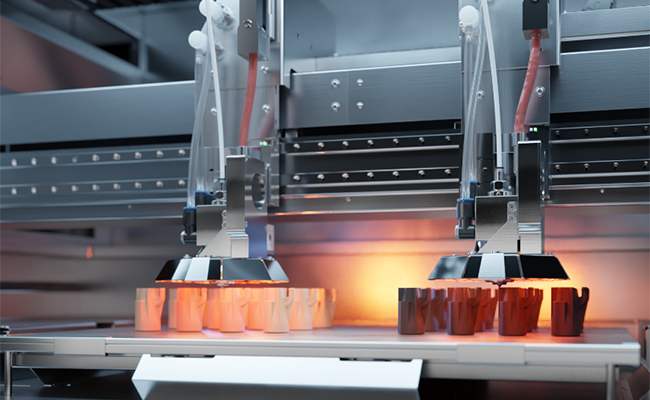
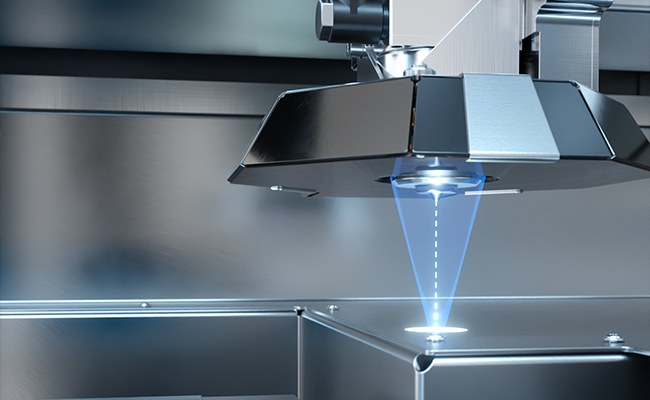
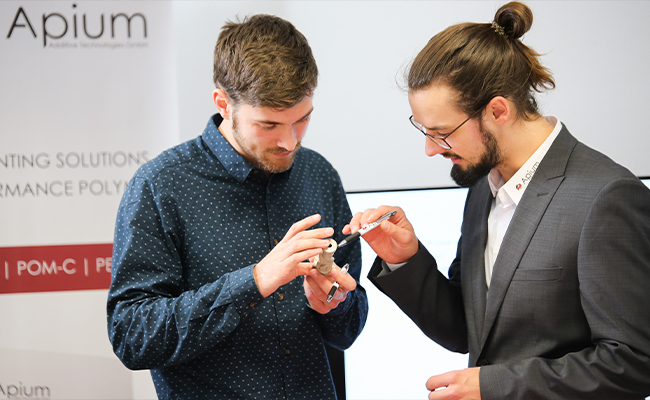
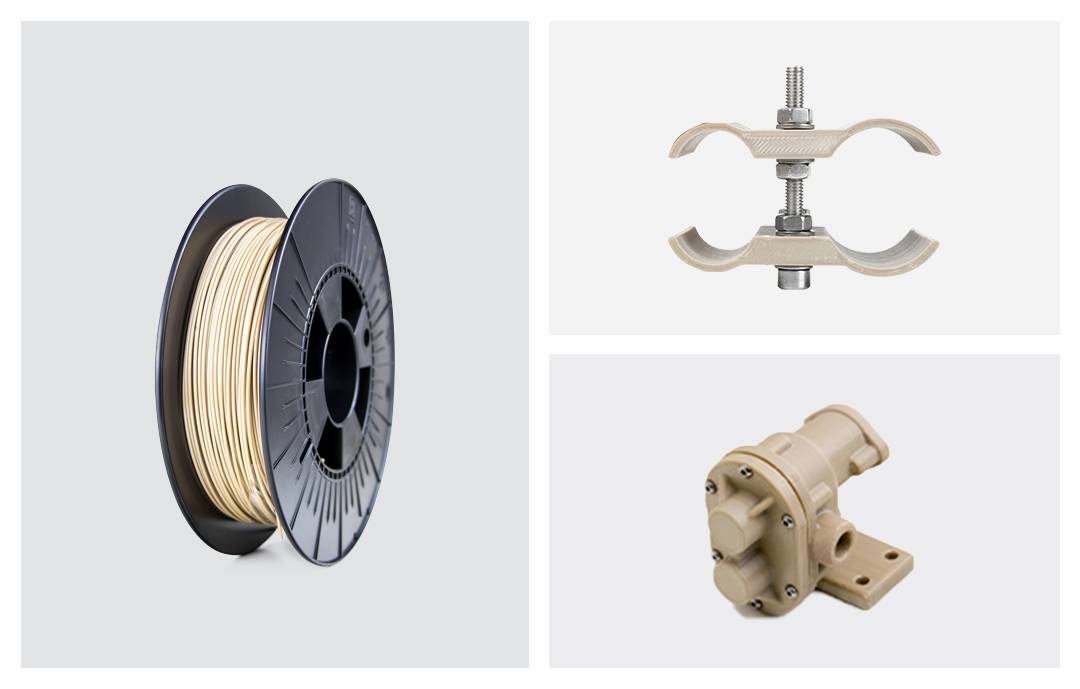
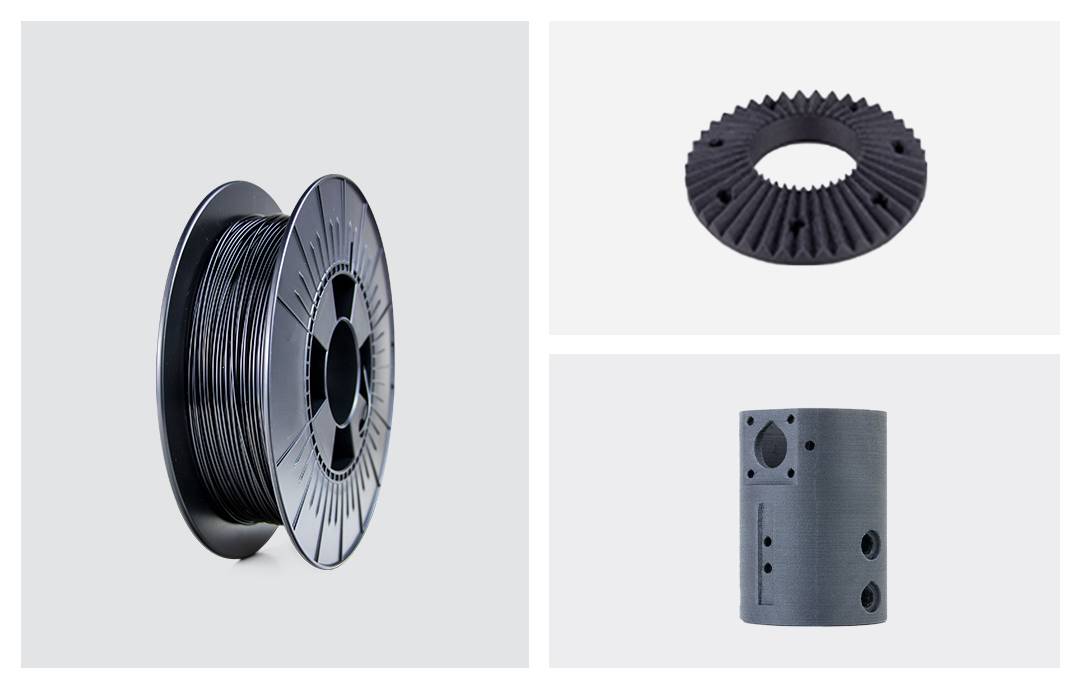

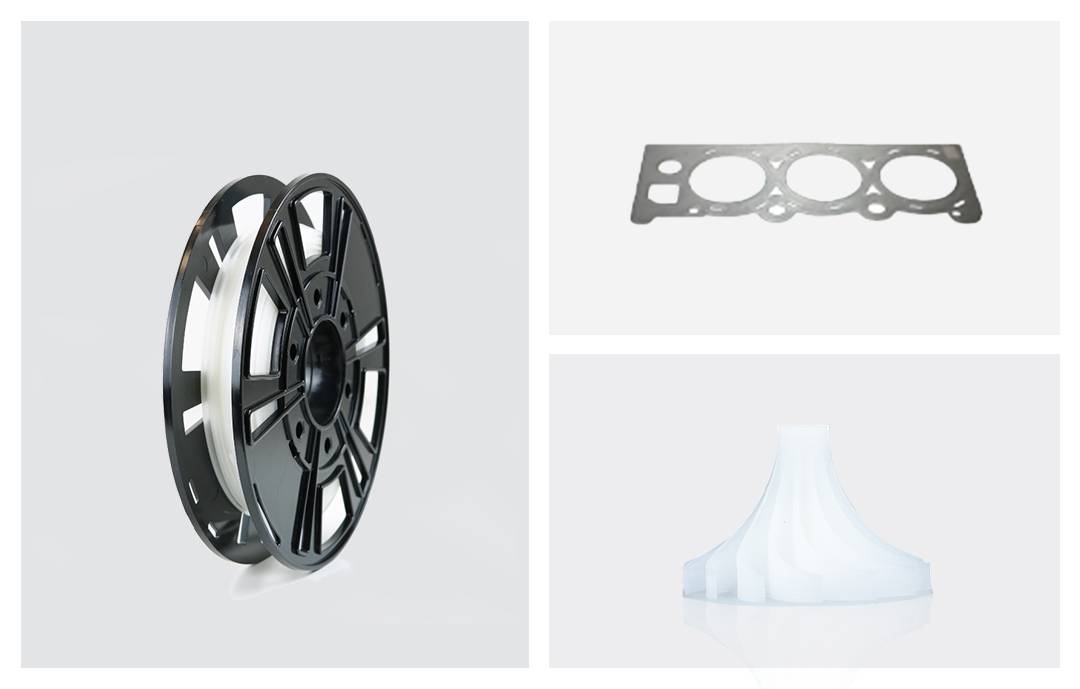
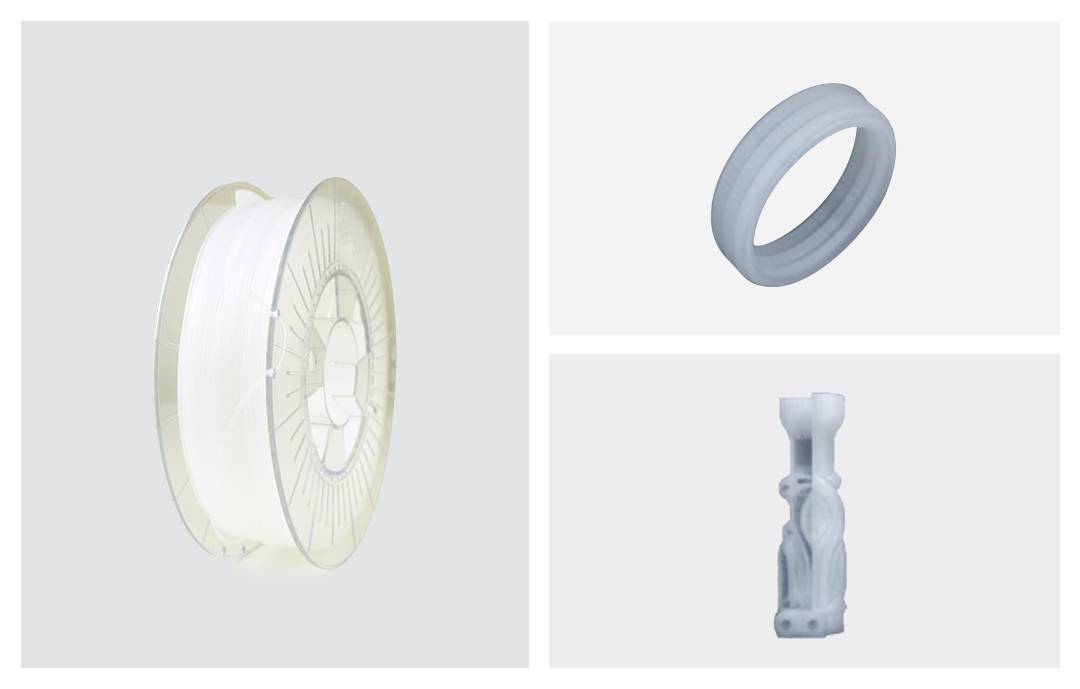
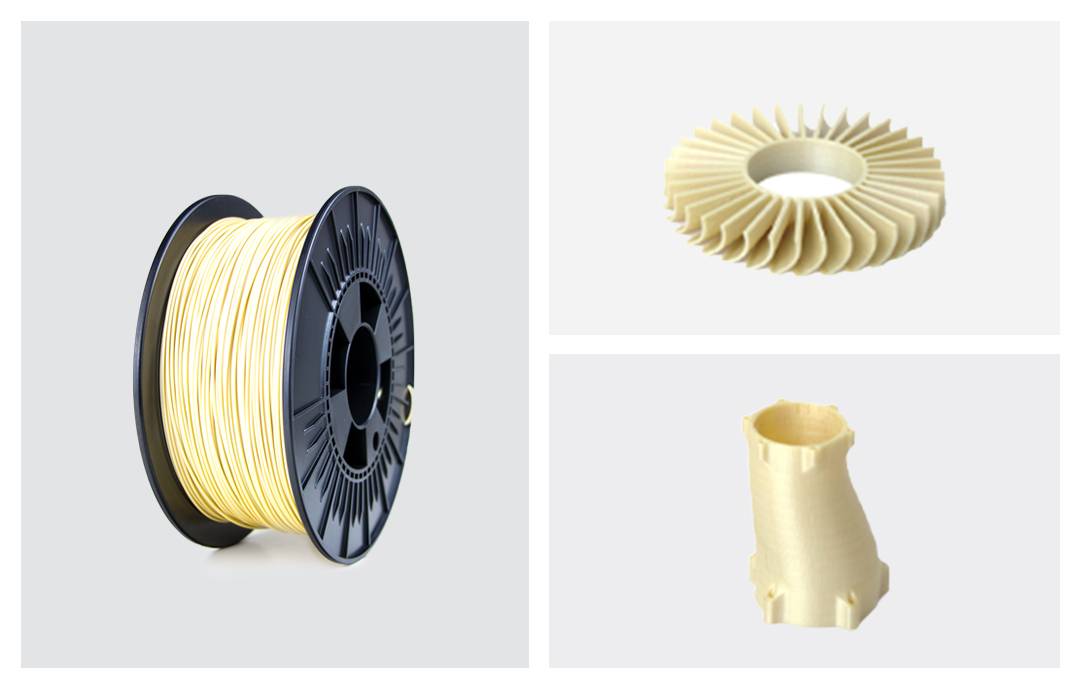
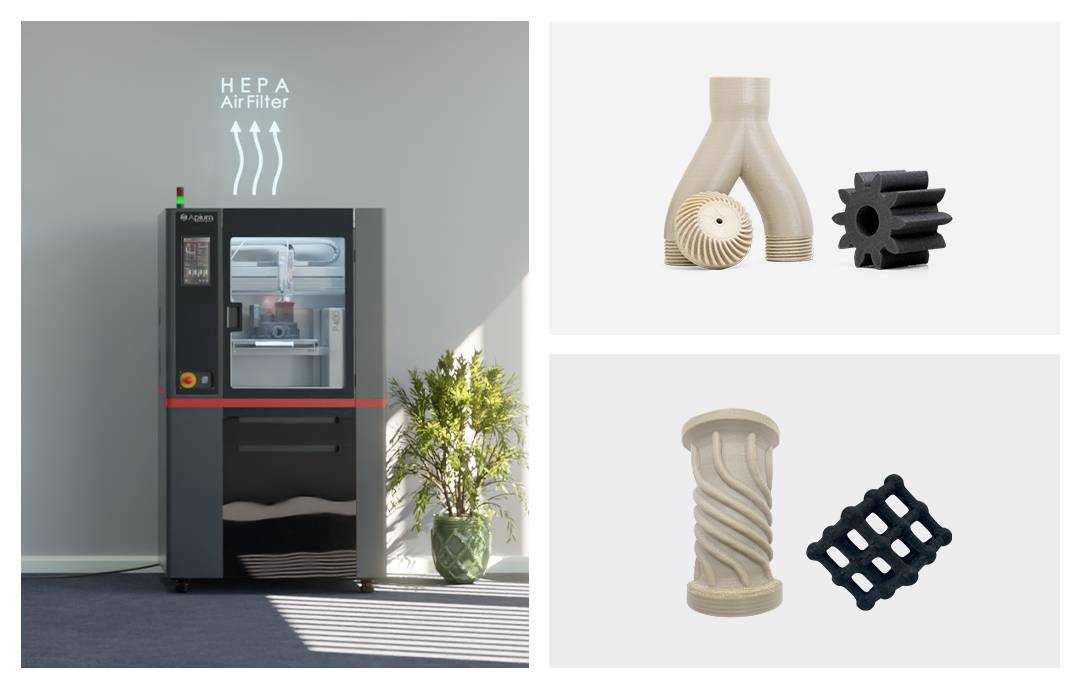
 Home
Home Telephone
Telephone Message
Message







